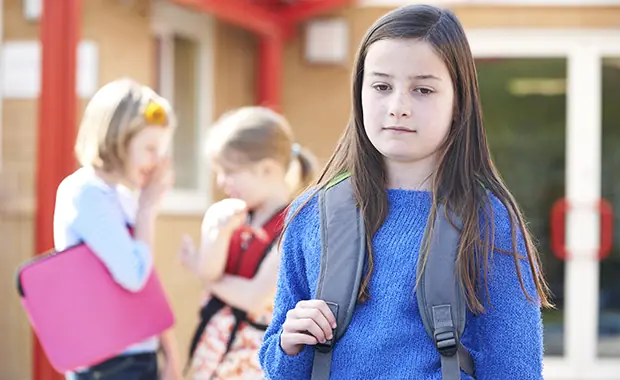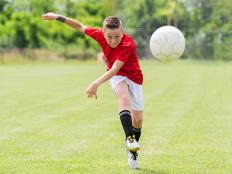
Bullying has become a hot topic in recent years. Each day you send your child to school, you might worry about what things can happen when you're not around. It can be tricky to navigate how to talk to your child about bullying or how to identify signs of being bullied in the first place. But having a plan in place and understanding how to deal with bullying is something all parents can benefit from.
What is Bullying?
According to stopbullying.gov, bullying is "unwanted aggressive behavior among school aged children that involves a real or perceived power imbalance." Power imbalance and repetition are the two major components of bullying. Kids who bully use their power to control others, and bullying requires behaviors to happen more than once or have the potential to happen again.
Bullying can be divided into three categories: verbal, physical or social. Verbal bullying can include name-calling, teasing threats, taunting or inappropriate sexual comments. Physical bullying can include hitting, kicking, taking someone's things and breaking them and making rude hand gestures. Social bullying can include spreading rumors about someone, excluding someone on purpose and telling other children not be friends with someone.
More: 8-Year-Old with Cerebral Palsy Completes Triathlon
How Can I Tell if My Child is Being Bullied?
There are multiple warning signs you can look for as a parent that may mean your child is being bullied or is bullying someone else. Unexplained injuries, difficulty sleeping, declining grades, sudden loss of friends or a change in eating habits can all be signs that your child is being bullied. Keep in mind that some children show no signs of being bullied.
In general, kids who are different from their peers, less popular or have low self -esteem are at risk of being bullied. However, a child could exhibit none of the risk factors associated with bullying and still be bullied.
If your child is becoming increasingly aggressive, gets in fights or has unexplained money or belongings, they could be bullying other children. If you think your child is being bullied or bullying others, you should talk to them right away. This could be a precursor for other issues such as depression or substance abuse.
Children who are socially connected in school and are overly concerned about their own popularity are likely to be bullies. Children who are more isolated and less involved in school are also likely to be bullies.
More: How to Set an Active Schedule After School
What Should I do if my Child is Being Bullied?
If your child is being bullied, you should intervene immediately. When adults get involved in stopping bullying, it sends a clear message that this kind of behavior is unacceptable. First find out what happened. Separate the kids involved and get the story. Listen without using the term "bullying" or trying to place the blame on anyone.
It's important to determine if the behavior is, in fact, bullying, as many other behaviors look like bullying but require a different type of response. Review and research the definition of bullying before determining a plan of action.
Once you have identified that your child is being bullied, it's important to show them support. Encourage them to understand being bullied is not their fault. Determine a plan of action to make the child feel safe, but be sure there are no changes to their routine. They should not be punished for being bullied. If the situation requires a classroom switch or other action, the bully should experience the consequences. Be persistent and never tell the child they should ignore the bullying.
Bullying can happen before, during and after school. It can happen online or even in your own neighborhood. It's important to show a zero-tolerance attitude toward bullying. If your child or someone you know is being bullied or bullying others, you should act quickly. Bullying is a serious problem that can have lasting effects on children. Don't wait. Don't ignore it. Get involved.
 Find activities for your ACTIVEkids.
Find activities for your ACTIVEkids.
About the Author










Discuss This Article